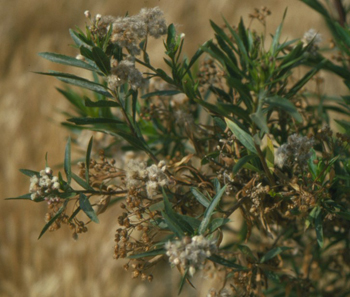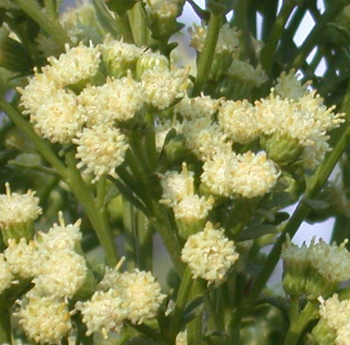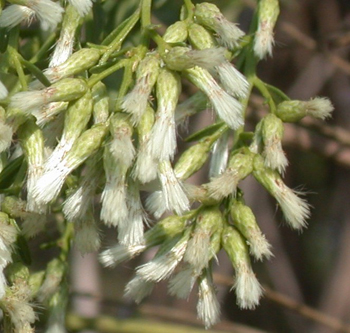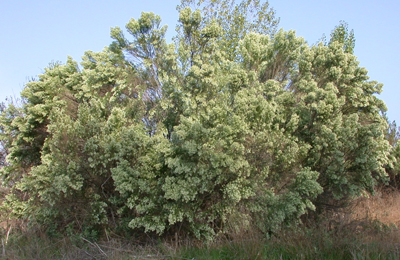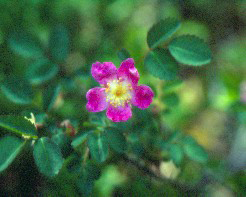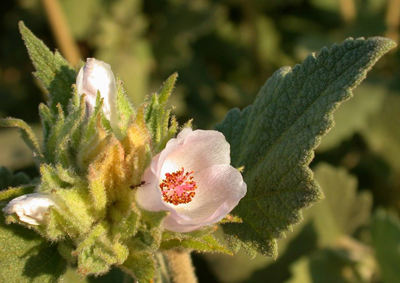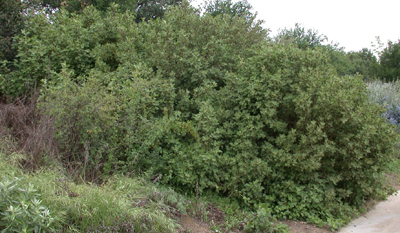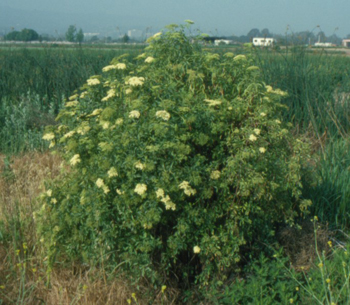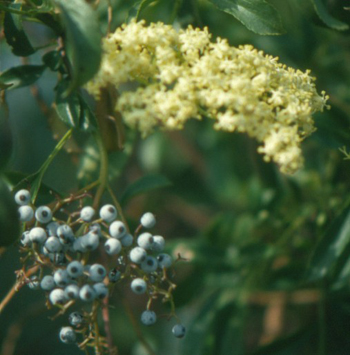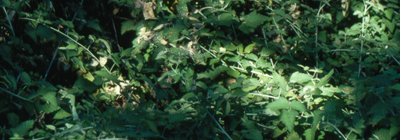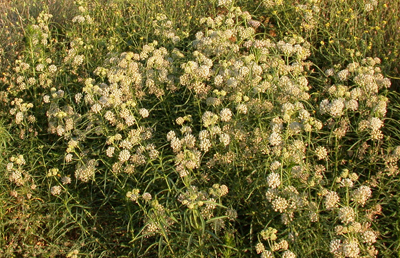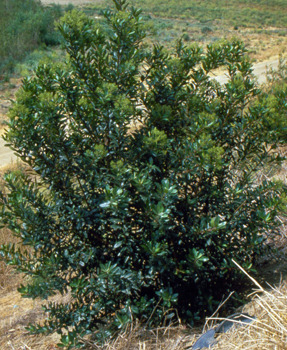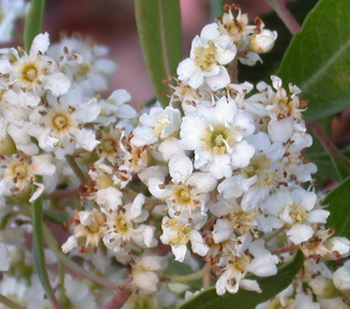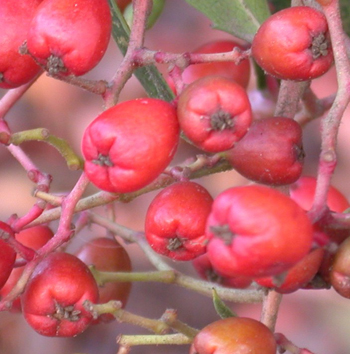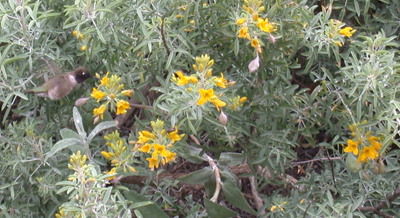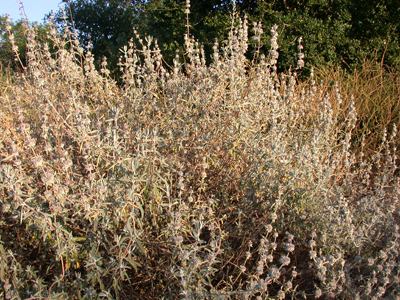|
|||||||||||||
COMMON SHRUBS AND PERENNIALS OF THE SEPULVEDA BASIN WILDLIFE RESERVE |
|||||||||||||
Mulefat (Baccharis salicifolia) - Sunflower Family |
||
Mulefat, named so because horses and mules love to eat it, is bushy, growing less than 13 feet tall. Mulefat lives in streams or where water is just below the surface of the ground. Winter floods often knock mulefat over. It quickly sends out new shoots or bends the old stems toward the sun. |
||
Coyote bush (Baccharis pilularis) - Sunflower Family |
||
The coyote bush is dioecious, meaning there are separate female and male plants. |
||
California wild rose (Rosa californica) - Rose Family |
||
The California wild rose can grow 8 feet tall. The rose if very bushy and has sharp thorns. The flower buds were eaten by native Americans. Rose hips were used as medicine. Rose hips are used now to make a fragrant tea. CLICK HERE TO SEE SHORT VIDEO |
||
Davidson’s bush mallow (Malacothamnus davidsonii) - Mallow Family |
||
The closest location that Davidson’s bush mallow occurs in the wild is in the Hansen Dam vicinity. It is thriving on Hummingbird Hill and spreading by underground rhizomes to form new plants. This plant is considered rare, and is on the CNPS List 1B.2. |
||
Golden currant (Ribes aureum) - Gooseberry Family |
||
The golden currant is the first plant to flower each season, often as early as December. By mid-spring, the currants have formed and turn darker and riper, until they are juicy morsels for birds and other wildlife. The plant is deciduous and loses its leaves by mid-summer. |
||
Mexican elderberry (Sambucus mexicana) - Honeysuckle Family |
||
California blackberry (Rubus ursinus) - Rose Family |
||
Narrow-leaved milkweed (Asclepius fascicularis) - Milkweed Family |
||
Toyon (Heteromeles arbutifolia) - Rose Family |
||
Bladderpod (Isomeris arborea) - Caper Family |
||
Purple sage (Salvia leucophylla) - Mint Family |
||
Purple sage has gray-green leaves and pink flowers. It will lose its leaves in the summer if rain was scant in spring. In the Reserve purple sage has been planted on Hummingbird Hill and in the South Reserve on the Burbank Blvd. berm. |
||



